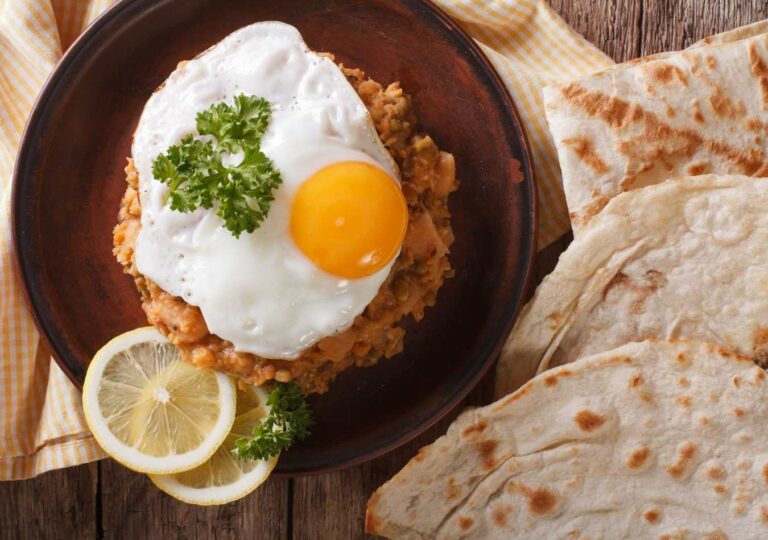Introduction: Monaco’s Culinary Culture
Monaco, located on the French Riviera, is renowned for its luxurious lifestyle, vibrant nightlife, and glamorous events. As a cosmopolitan city-state, Monaco is home to a diverse range of culinary influences. The cuisine of Monaco is heavily influenced by French and Italian cuisine, as well as local Monegasque traditions. Monaco’s culinary scene is characterized by its use of fresh, high-quality ingredients, and its emphasis on seasonal produce.
Celebrating with Food: Special Occasions and Festivals
Food plays a significant role in the cultural celebrations and festivals of Monaco. From the prestigious Grand Prix to the religious holidays of Christmas and Easter, each occasion has its unique culinary traditions. These events are a time for the residents of Monaco to come together with family and friends to enjoy delicious food and drink.
The Grand Prix and its Iconic Dishes
The Monaco Grand Prix is one of the world’s most prestigious Formula One races, and it takes place annually in late May. During this time, the city is buzzing with excitement, and restaurants and cafes offer special menus to celebrate the event. One of the most iconic dishes associated with the Grand Prix is the Pissaladière, a pizza-like tart made with caramelized onions, anchovies, and olives. Another traditional dish served during the Grand Prix is the Socca, a savory crepe made with chickpea flour and cooked in a wood-fired oven.
Christmas and Easter Traditions in Monaco
Christmas and Easter are celebrated with great fervor in Monaco, and food plays a crucial role in the festivities. At Christmas, a traditional Monegasque dish that is often served is the Barba-juan, which is a fried pastry filled with Swiss chard, spinach, and ricotta cheese. Another Christmas delicacy is the Pain d’épices, a spiced bread made with honey, cloves, cinnamon, and nutmeg. During Easter, a popular sweet treat is the Fougasse, a sweet bread that is often flavored with orange blossom water and decorated with candied fruits and almonds.
National Day and the Flavors of Monegasque Cuisine
National Day, which takes place on November 19th, is a significant event in Monaco’s calendar. On this day, Monegasques celebrate their country’s independence with parades, fireworks, and traditional Monegasque dishes. Some of the most popular dishes served on National Day include the Stocafi, a salt cod dish that is often served with mashed potatoes, and the Barbagiuan, a fried pastry filled with Swiss chard, spinach, and ricotta cheese.
Conclusion: A Taste of Monaco’s Festivities
The culinary traditions of Monaco are as diverse and vibrant as the city-state itself. From the prestigious Grand Prix to the religious holidays of Christmas and Easter, each celebration in Monaco has its unique culinary customs. Whether you are a local or a visitor to Monaco, experiencing the gastronomic delights of the city’s festivals and special occasions is a must.




